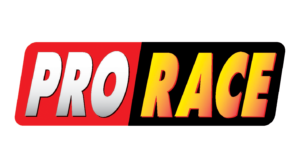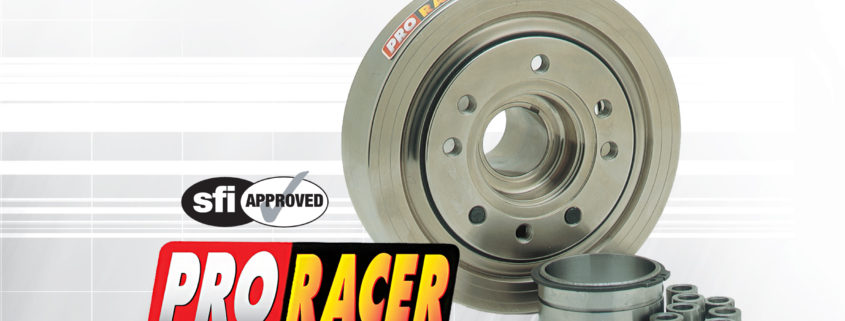THE ART OF BALANCING
This extract from the Art of Balancing Article appeared in the National Dragster Magazine’s 14th issue of 2019 (2nd August 2019) and is reprinted with the permission of the NHRA. https://www.nhra.com/news/2019/nd-issue14
There are three major types of balancers: elastomer, fluid, and friction. The elastomer type uses a rubber material, which controls much of the vibration. Viscous or fluid type uses fluid to absorb the flexing energy. Lastly, friction-style dampers rely on internal clutch discs to quell harmonics. “High-performance balancers are necessary to prolong the life of your engine,” said Nick Orefice, of Fluidampr. “You need a damper that will perform like it should in the most extreme conditions that stock dampers cannot do. Constantly changing and tuning race engines is what keeps teams competitive. With every change made, the harmonics of the engine change with it. A Fluidampr performance damper removes the guess work. It is engineered to protect over a wide band of frequencies throughout the entire rpm range, including high rpm. That means you can modify the engine and not worry if your harmonic balancer is properly tuned.”
Graham Withers, president/ owner of Pro/Race Performance Products, added, “Gas pressure in the combustion chamber has a direct relationship to the amplitude of the torsional vibration. Uncontrolled torsional vibration can damage and reduce the life of engine components. Examples could be rapid wear on the camshaft lifter lobes, stretching of the timing chain, grooving of the timing chain sprockets, through to causing the flywheel to come loose on the crankshaft. “Uncontrolled torsional vibration also robs an engine of valuable brake horsepower [BHP]. The differences between an OEM and a high-performance harmonic damper would be clearly seen on a dynamometer. Both the Pro/ Racer and Pro/Sport range of Dampers marketed by Pro/Race are SFI certified for competition and undergo annual testing for continued compliance
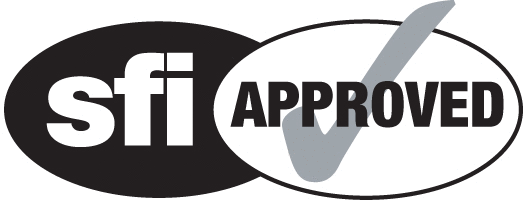
Withers also mentioned, “When building a race motor, the engine builder needs to consider the targeted rpm and BHP. An increase in gas pressure in the combustion chamber equals an increased twisting force on the crankshaft throws. This causes a deflection or twisting motion that is known as torsional vibration. The peaks of this back and forth motion are measured as amplitude. The function of the harmonic balancer is to reduce the amplitude of the torsional vibration peaks to an acceptable level. Most OEM harmonic dampers are not designed to cope with the rpm and BHP levels experienced in competition. That is why racers must consider a high-performance damper that is fit for purpose. For example, the SFI certified Pro/Racer dampers range have been spin tested to 18,000 rpm, well in excess of SFI requirements.”
Pro/Race markets three different streams of product: Pro/Street, Pro/Sport, and Pro/Racer. “For the high end of engine performance, our Pro/Racer harmonic balancers feature machined drive hub with a fine spline on the outer radius to couple to the inner surface of the elastomer dampening ring using a chemical bonding agent. The steel inertia ring is also machined with the fine spline to couple with the outer surface of the elastomer dampening ring, also using a chemical bonding agent. The effect of the spline is to nearly double the surface-area contact between the elastomer dampening ring and the hub and ring, thus eliminating any permanent rotational movement between the hub and the ring.
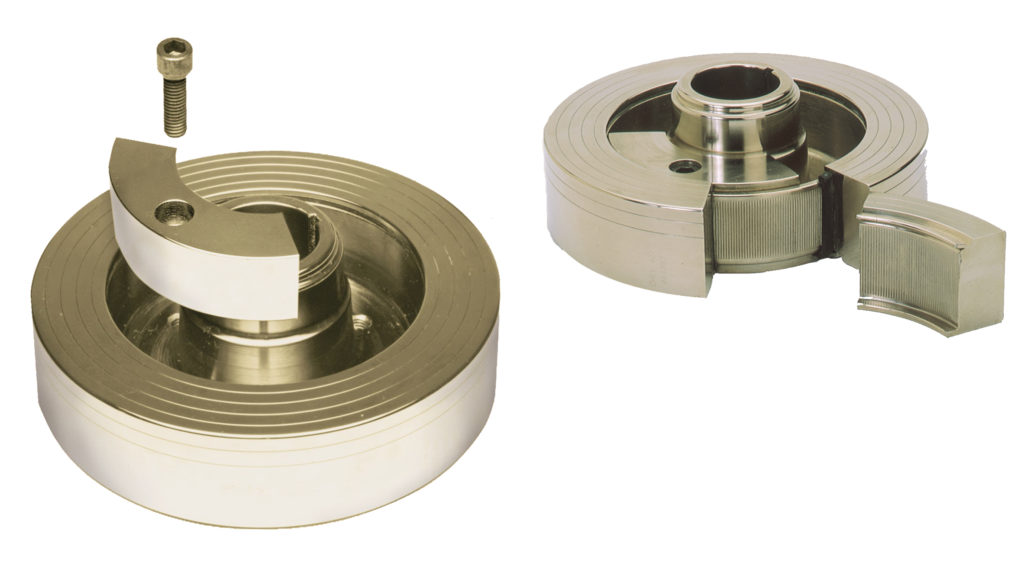
“The inertia ring is locked to the drive hub by a machined shoulder flange at the rear and a specially designed front flange, which is rolled closed over the drive hub to lock the inertia ring in place during final assembly of the damper. These design features are unique to Pro/Racer and have be proven out over decades of competition use.” The designer of the Pro/Racer dampers, and owner of Pro/Race Performance Products, Withers, was a professional drag racer and Australian champion. His years of practical experience with highperformance engines enabled him to develop effective harmonic dampers for a range of engine applications, which also meet or exceed the safety requirements of the SFI. A rearshoulder flange is machined into the inertia ring to provide containment of the inertia ring to the drive hub. The inertia ring has a specially designed front-enclosure flange, which is closed over the drive hub to lock in place the inertia ring.”
The PRO/RACER “All Steel” Harmonic Dampers are designed and manufactured for racing and high-performance street applications and are available for a wide range of engines. The PRO/RACER Damper is a direct replacement for the cast iron stock damper, which is no longer permitted by most racing sanctioning bodies due to the danger of fracture and high-speed disintegration or separation of the inertia ring from the hub. This problem is eliminated with a PRO/RACER Damper. The PRO/RACER “All Steel” Harmonic Damper is also a must for all belt-driven supercharger applications due to the additional torque loads on the damper hub and keyway, which results in failure in nearly 100% of all blower installations with a stock damper. Pro/ Racer now offers specific models for supercharged small-block (No. 74265), big-block Chevy (No. 74267), and small-block Ford (No. 74269) engines. These special dampers include dual keyways, and the Chevy versions also feature six tapped holes to accept most blower pulleys.
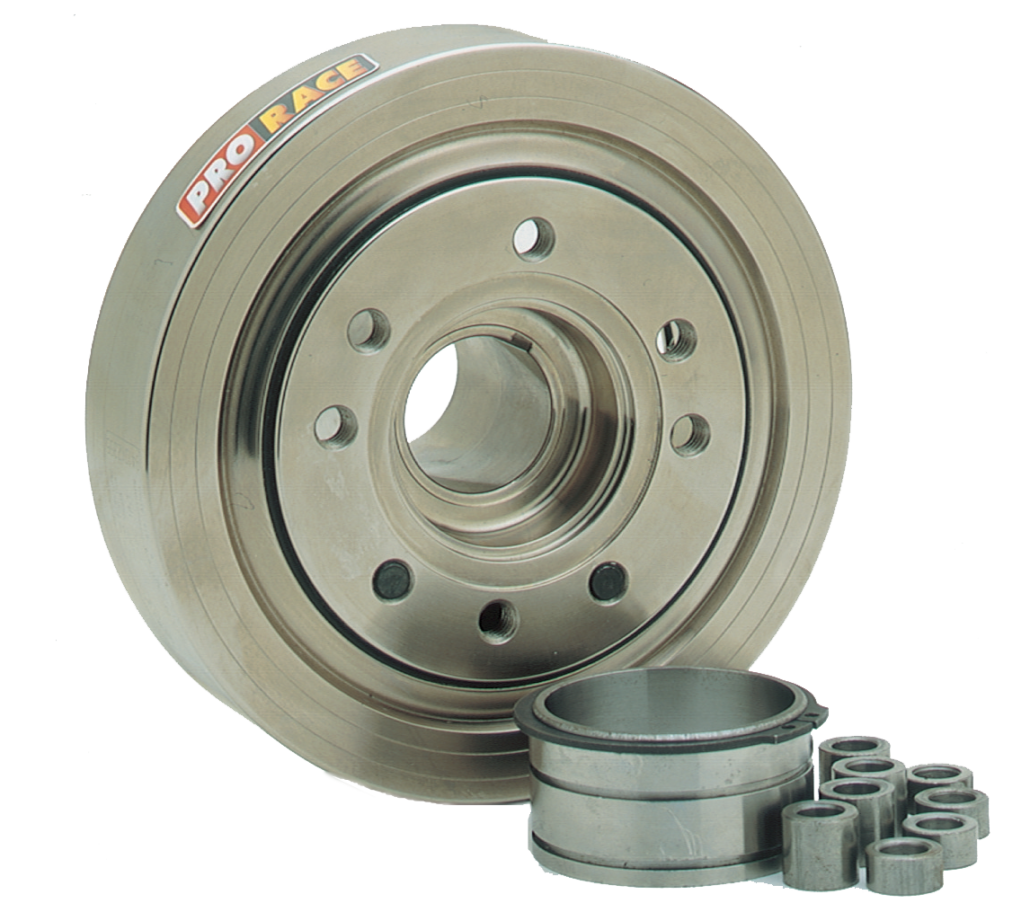
This specification is enforced by most racing sanctioning bodies to assure that the dampers conform to specified standards. While the SFI test is quite stringent and requires the damper to be spin tested at a speed of 12,000 rpm for a period of one hour, the PRO/RACER Damper has been tested at a speed of 18,000 rpm, substantially exceeding SFI requirements.
Harmonic dampers are supplied in two styles: those for internally balanced engines and those for externally balanced engines. Externally balanced engines have a counterweight bolted into the hub of the damper. The advantage of having a removable counterweight in the hub eliminates the possibility of having the counterweight mass move from its position. The PRO/RACER Damper for internally and externally balanced small-block and big-block Chevys and for small-block Chryslers are identical except for the counterweight. This means, for example, if you have a PRO/RACER Damper for a 400 small-block Chevy, you can remove the counterweight and the damper will work perfectly for a 350 Chevy. Conversely, if you have a 350 Damper and want to use it on a 400, you can now purchase the proper PRO/RACE counterweight and bolt it into your 350 Damper, and it is now a 400 Damper. All small-block Ford dampers are externally balanced with a counterweight. This counterweight can be removed for use on internally balanced engines.
